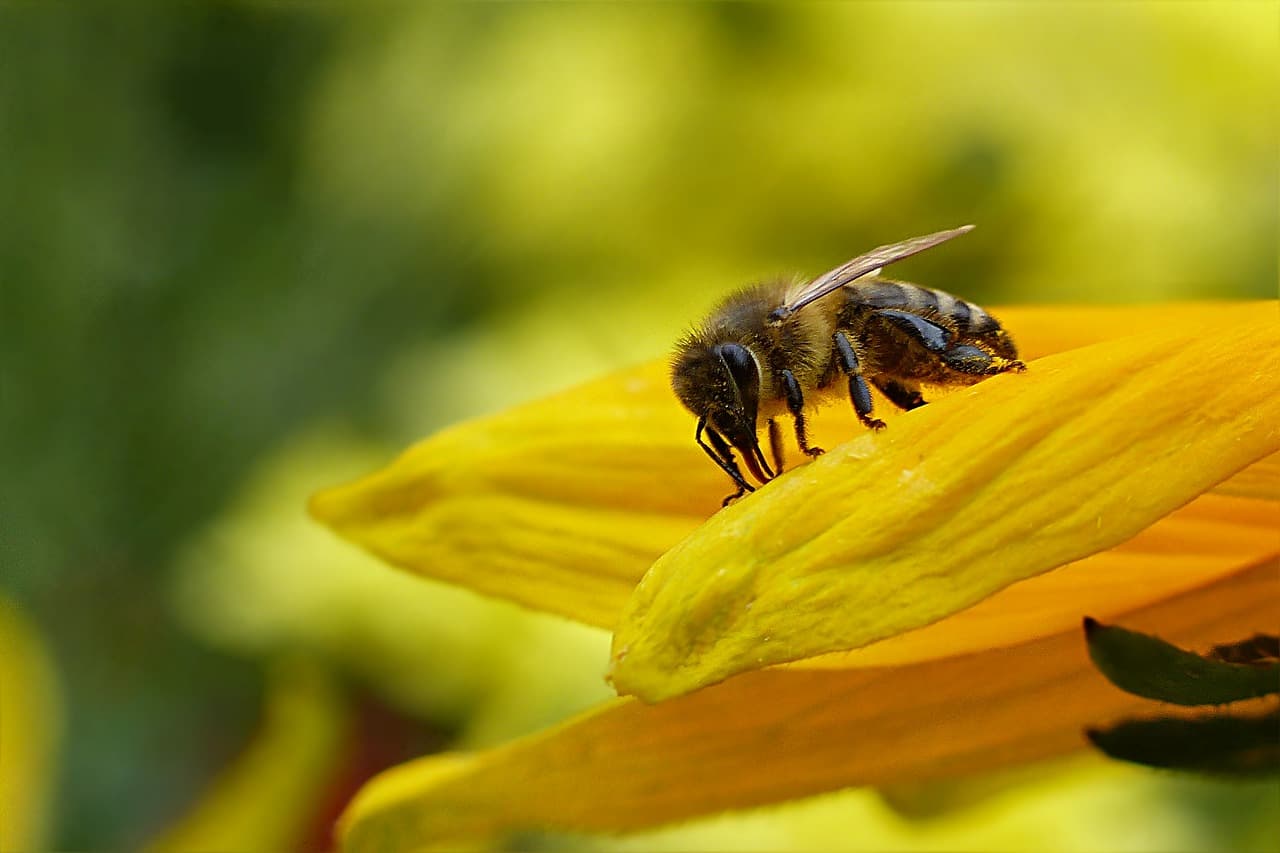But outside of estimated breeding values there are many other lessons we can learn from other industries.
One process that other industries excel at is the understanding of, and accounting for, inputs and outputs – the feed conversion ratio.
How much feed do you put in to produce how much product? By understanding and selecting for this trait farmers can maximise production while reducing costs. This is important to the viability of businesses and industries.
Honey bees are free-flying and thus it’s impossible to control what they’re eating. They forage on a wide variety of plants – if they are available in the environment. That’s a good thing as they require a varied diet.
However, there are few plants that we have good nutrional data on. Total protein, amino acids, sugar concentration, vitamins, minerals, is not well understood for most plants.
But this is incredibly important. Nutrient deficiency increases Nosema and other infections, reduces brood and worker populations, lifespan, and age at first foraging. These will have knock-on effects on honey production and pollination.









